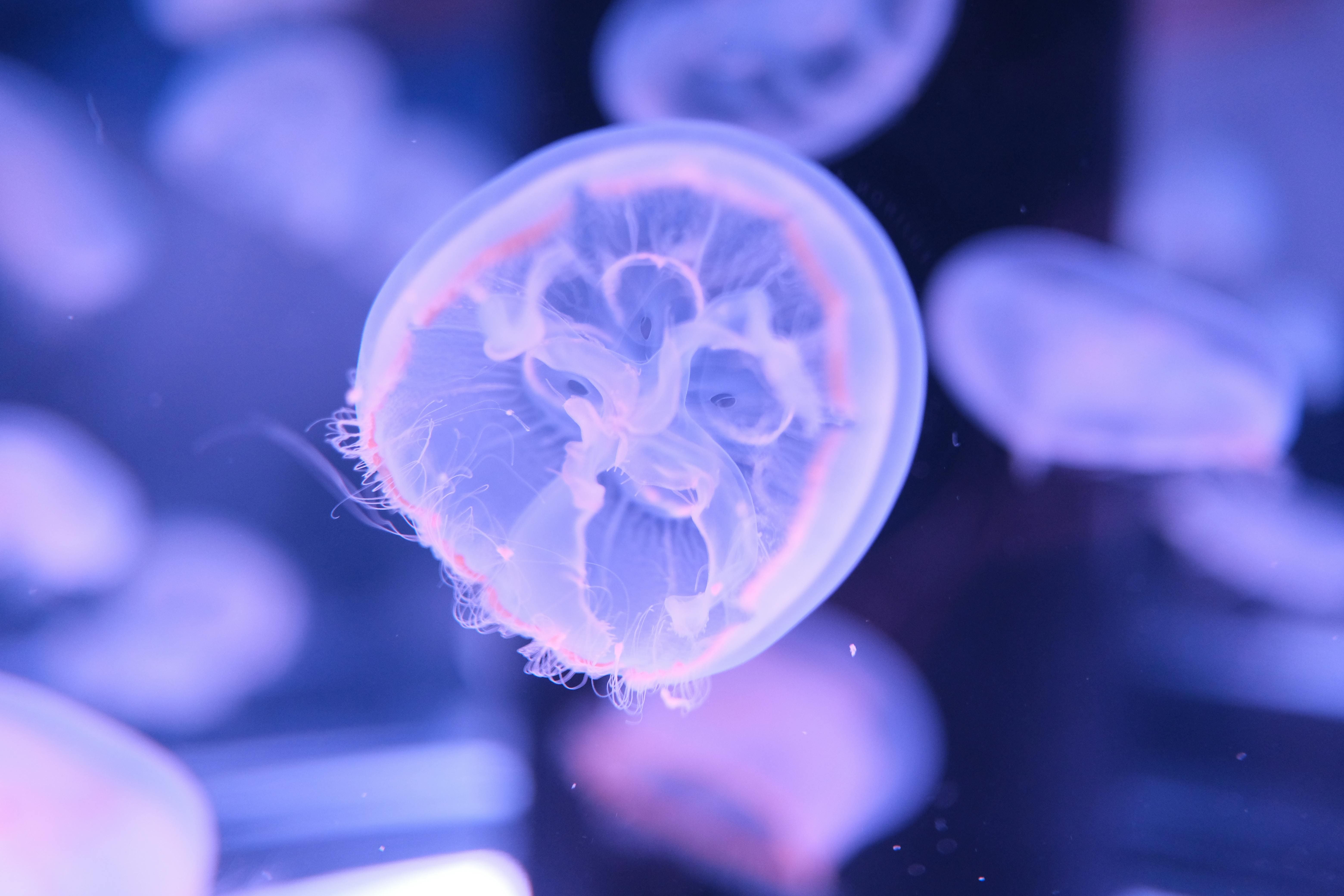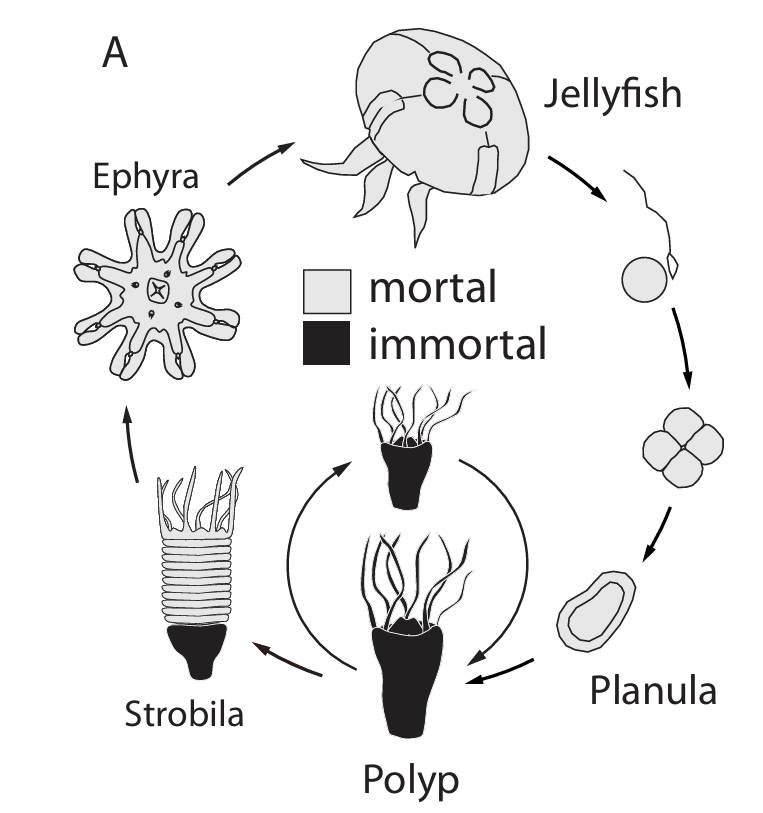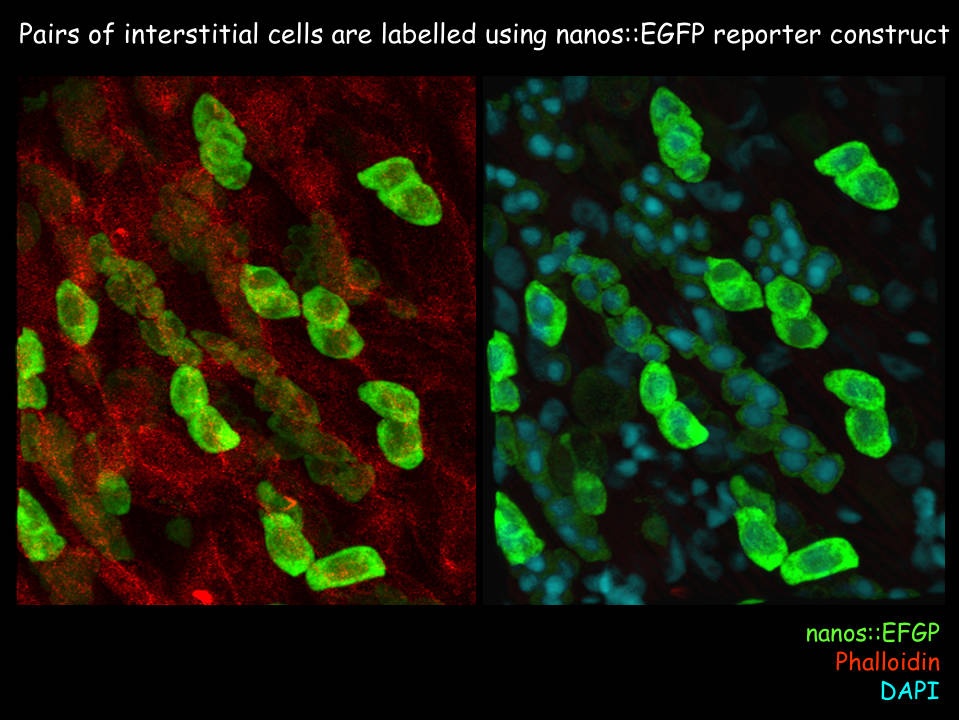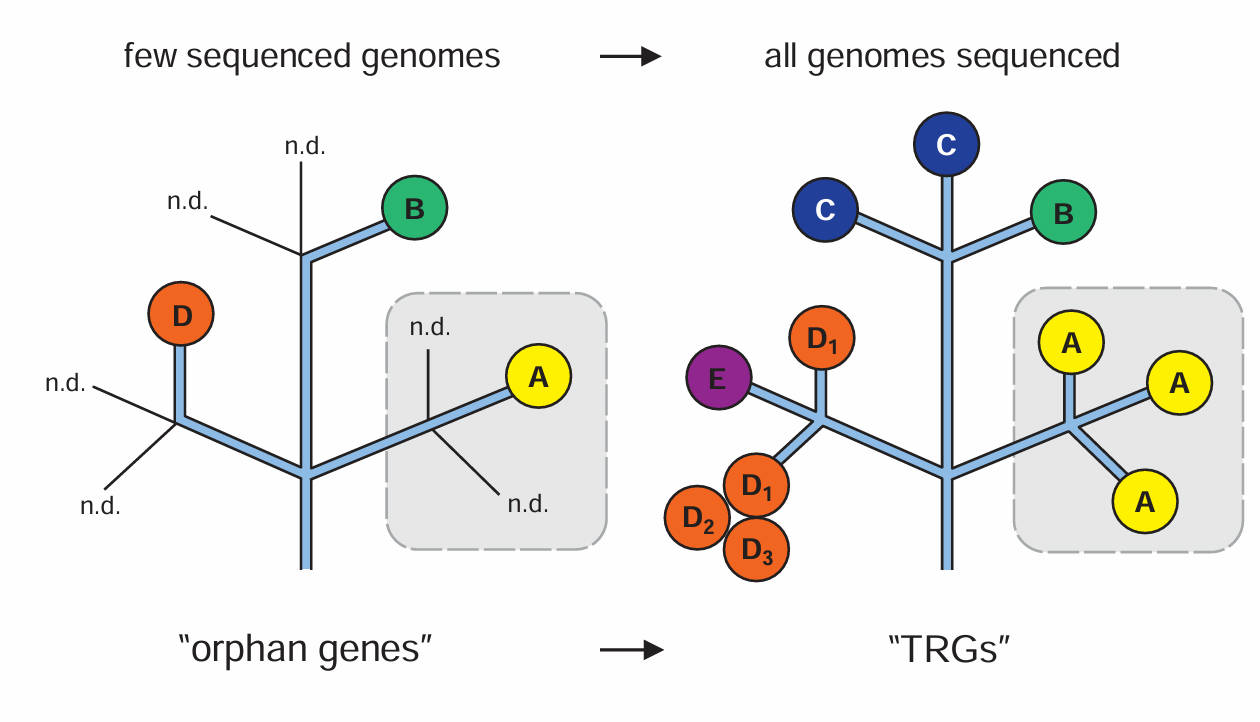
Research
Comparative Genomics of Jellyfish

Jellyfish represent a unique evolutionary branch within the cnidarian phylum, exhibiting complex life cycle transformations from polyp to medusa stages. Our research utilizes genome sequencing and comparative genomics to understand the genetic basis of jellyfish body plan evolution and life cycle transitions.
Our landmark study on medusozoan genomes has provided insights into the evolution of the jellyfish body plan, revealing genomic changes associated with the development of swimming muscles, neural organization, and other medusa-specific features.
Key Research Questions
- What genomic changes underlie the evolution of the medusa body plan in jellyfish?
- How are life cycle transitions from polyp to medusa regulated at the molecular level?
- What are the evolutionary origins of jellyfish-specific organs and tissues?
Stem Cell Biology in Hydra

Hydra is a remarkable model organism that exhibits extraordinary regenerative capabilities and apparent immortality, largely due to its dynamic stem cell populations. Our lab pioneered the development of transgenic methods in Hydra, enabling in vivo tracking of individual stem cells during morphogenesis and regeneration.
We study interstitial stem cells and their derivatives to understand the regulatory mechanisms controlling stem cell maintenance, differentiation, and tissue homeostasis in this basal metazoan lineage.
Key Research Questions
- How are stem cell populations maintained and regulated in Hydra?
- What molecular mechanisms control stem cell differentiation into specialized cell types?
- How do stem cell dynamics contribute to Hydra's regeneration capabilities?
- What is the role of FoxO transcription factors in stem cell maintenance and organismal longevity?
Evolutionary Developmental Biology

Our evo-devo research investigates how developmental processes have evolved across animal lineages, with a particular focus on early-diverging groups. We examine how gene regulatory networks and signaling pathways have been modified during evolution to generate diverse body plans and morphological features.
Of particular interest is our work on taxonomically-restricted genes (TRGs), which are genes found only in specific taxonomic groups. Our research has shown that these "orphan" genes play crucial roles in species-specific morphological traits and adaptations in Hydra and other cnidarians.
Key Research Questions
- What roles do taxonomically-restricted genes play in the evolution of novel traits?
- How have ancient developmental pathways been modified during cnidarian evolution?
- What molecular mechanisms underlie morphological innovations in basal metazoans?